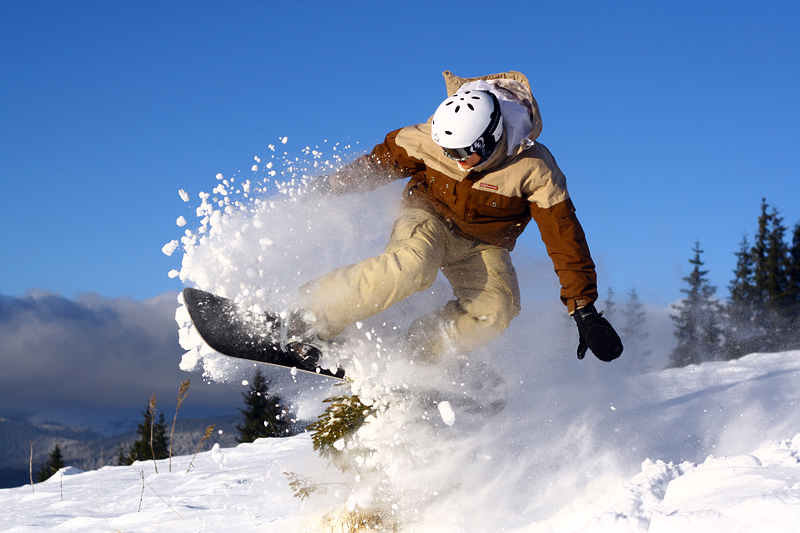
The Winter Olympics is well underway and snowboarding is one of my favourite winter sports of the Games. Here are some articles I’ve picked up in the last few days (which I may update as I find more):
- Science of Snowboarding in the Olympics – ‘The physics of snowboarding uses dynamic balance. When the snowboarder is in motion moving up and down the ramps, their balance is different than if they were just going down a slope.’
- The Physics Of Snowboarding – ‘Amateur (less experienced) snowboarders typically skid around their turns. This occurs when the snowboard is tilted on its edge and the exposed base of the board “plows” into the snow head on.’
- Snowboarding science: the physics of the halfpipe – ‘Without torque (the force that causes rotation) there would be no flips and spins, and snowboarding would start to look pretty dull.
- A Brief History of Snowboarding – ‘As snowboarding grew in popularity, so did its reputation as a pastime for screwballs—a counterculture to skiing’s establishment vibe.’
- Can Snowboarding Be Saved? – This one is from 2014: ‘Industrialized snowboarding hates diversity. Those Olympic snowboarders we used to welcome in our shop? They were once part of a small but vibrant recreational snowboard carving community.’
- The Legacy of Snowboarding Pioneer Jake Burton Carpenter – ‘As the founder of Burton Snowboards (1977), he not only set out to build a company but to forge an entirely new sport. Since then, snowboarding has become a global phenomenon with its own subculture and multiple Olympic events.’